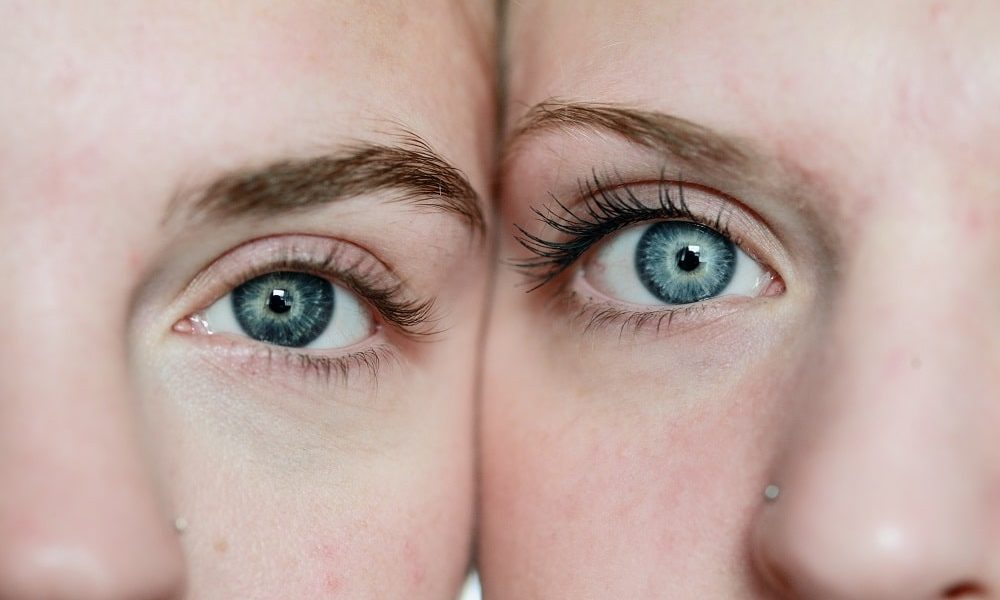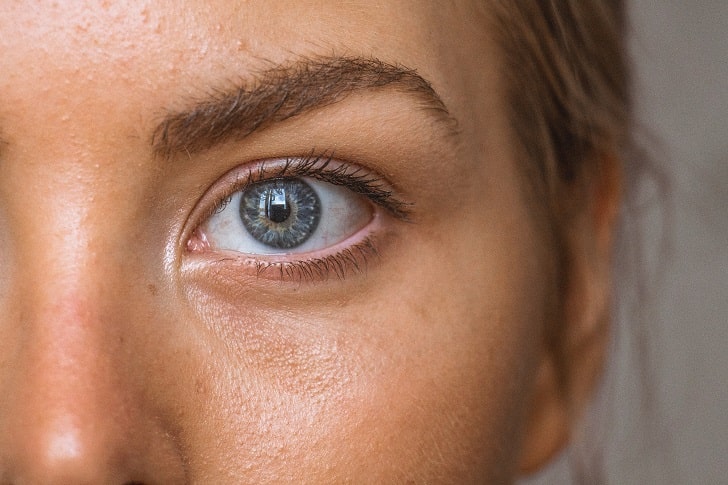
Here’s a Guide to The Different Types of Skin Cancer, According to Dermatologists

Unlike other types of cancer, you can spot signs of skin cancer yourself. The earlier you detect them, the sooner you can get it treated. However, it is still the most common type of cancer in the United States, with more cases of skin cancer diagnosed each year than all the other cancer types combined.
The most known risk factor of skin cancer is spending too much time under the sun without applying sunscreen. But there are also tons of other factors that can up the risk. Just one serious sunburn can spike the risk of you getting skin cancer. Those who are fair-skinned or red-haired or have a family history of skin cancer are also at risk. This is also true for those who are living in highly-elevated areas, were exposed to certain chemicals, and are flying frequently or driving a lot.
It can also impact people regardless of skin tone and background, so it’s incredibly important to be vigilant since it can be very treatable if you spot it early. The University of Texas MD Anderson Cancer Center’s assistant professor of dermatology, Dr. Saira J. George, recommends checking with your dermatologist if there’s a spot forming on your skin that looks unusual, is not getting better, is growing, and is not like your other moles.

Too much exposure to the sun can increase your risk of getting skin cancer
It is also recommended by the Skin Cancer Foundation to have a self-examination at least once a month. You should only do this when you have ample time to examine your skin thoroughly from head to toe since it shouldn’t be rushed. You can use mirrors to check your back and those hard-to-see areas. You can also ask for help from your partner or a family member.
But what exactly are you looking for in a self-examination? Here are the different types of skin cancer and how you can differentiate them.
Basal Cell Carcinoma
According to the American Cancer Society (ACS), 8 of 10 skin cancers in the U.S. are basal cell carcinoma; making it the most common type in the country. This skin cancer is formed in the basal cells, which are found in the lower part of the epidermis aka the top layer of your skin.
It usually occurs in spots areas of your skin that are frequently exposed to ultraviolet (UV) light, but they can pop up anywhere. A fairly good thing about the basal cell carcinoma, according to the ACS, is that it is very treatable, grows slowly, and rarely spreads.
Symptoms
- Pearly bumps or spots
- Pale and yellowish areas resembling a scar
- Itchy reddish or pinkish raised patches
- Open sores or scabs that don’t seem to heal
- The appearance of a bump or lesion
- Crusted or oozing areas

Areas on your body that are frequently exposed to UV light are vulnerable
Squamous Cell Carcinoma
Accounting for 2 out of every 10 skin cancer cases in the U.S., the squamous cell carcinoma is the second-most common type in the country. It is formed in squamous cells, which are located on the outer part of the epidermis.
These usually appear on body parts that are exposed to the sun like face, neck, back of hands, and lips. Although not usual, it can spread to other body parts. However, it can be easily treated if spotted early.
Symptoms
- Patches that are rough and scaly
- Raised bumps with lower centers
- Open sores or scabs that don’t seem to heal
- Wart-like growths
- Itching, bleeding, pain, or crusting
Melanoma
This is the rarest of all forms of skin cancer, making up only 1% of all cases, but it’s also the most lethal. When not spotted early, melanoma spreads easily to other parts of the body. This is due to the uncontrolled growth of melanocytes, a type of skin cell that produces the pigment in the skin.
Symptoms
- Asymmetric lesions
- Irregular or scalloped moles
- Multi-colored moles or those without color
- Bigger than 6mm in diameter
- A spot that evolves in appearance or is itchy or bleeding

The earlier the detection, the sooner you can get treatment
Actinic Keratosis
Also known as solar keratosis, this type is considered a pre-cancer or premalignant lesion, according to board-certified dermatologist Dr. Rossi of Memorial Sloan Kettering Cancer Center. Like other types of skin cancer, actinic keratosis is also due to overexposure to UV light. Most people can have more than one area affected by this skin cancer, while some evolve into a squamous cell carcinoma. So, it’s essential to catch it early before it develops.
Symptoms
- Patches that are rough, dry, or scaly
- A patch that is flat or slightly raised
- Itchy, burning, and painful
- A variety of pink, red, or brown tones
Merkel Cell Carcinoma
This skin cancer is also a rare type. It usually has only 2,000 cases per year, but it’s a dangerous form due to how rapidly it grows and the risk of spreading to other body parts. It’s referred to as the skin’s neuroendocrine carcinoma. It starts in the Merkel cells, which are located in the epidermis. Since it’s near the nerve endings, these cells are associated with the sense of light touch, according to the ACS.
Those aged 70 years old and up are more at risk of this type of skin cancer, and men are more likely to get Merkel cell carcinoma compared to women.
Symptoms
- Shiny pink, red, or purple bump
- Painless, firm bump that grows fast
- Broken skin on top tends to open and bleed
More in Anti-Aging
-
`
6 Unique Approaches to Finding Meaning in Life
Have you ever gazed at a starry sky and pondered the vastness of existence, wondering what your place is in it...
March 5, 2024 -
`
Want to Look Like a Royal For a Week? Try These Creative Budget-Friendly Tips
Have you ever caught yourself daydreaming about strolling through the halls of a grand palace, donning an outfit that screams elegance,...
February 26, 2024 -
`
Famous Celebrities Who Admitted to Mental Health & Personal Struggles
In a world where fame often seems like the ultimate achievement, the glitz and glamour often overshadow the personal struggles many...
February 19, 2024 -
`
Mastering Medicare – 5 Expert Tips for Maximum Benefit
Are you ready to harness the full potential of your Medicare benefits? From managing your prescriptions to staying on top of...
February 12, 2024 -
`
Struggling With Bipolar Disorder? Lifestyle Changes You Should Make for Stability
Introduction: The Rollercoaster of Bipolar Disorder Living with bipolar disorder is akin to riding an emotional rollercoaster. One moment, you’re soaring...
February 7, 2024 -
`
Swipe Right…or Left? 3 Crucial Questions Before Your Next Beauty Haul
Remember that thrill of unboxing a shiny new beauty product? The promise of glowing skin, luscious locks, or eyes that sparkle...
February 3, 2024 -
`
Tammy Slaton of 1000-Lb. Sisters Opens Up About Her Lesbian Journey After Losing Husband
In a world where authenticity often takes a backseat, Tammy Slaton, the spirited personality from “1000-Lb. Sisters,” brings a refreshing dose...
January 27, 2024 -
`
From Registration to Receiving: How to Enroll in Toys for Tots
The holiday season is a time of joy and celebration, but for families facing financial challenges, ensuring that their children experience...
January 16, 2024 -
`
How to Practice Self-Care? 5 Tried & Trusted Tips
Self-care is a buzzword that has been tossed around a lot lately, but what does it really mean? At its core,...
January 9, 2024















You must be logged in to post a comment Login